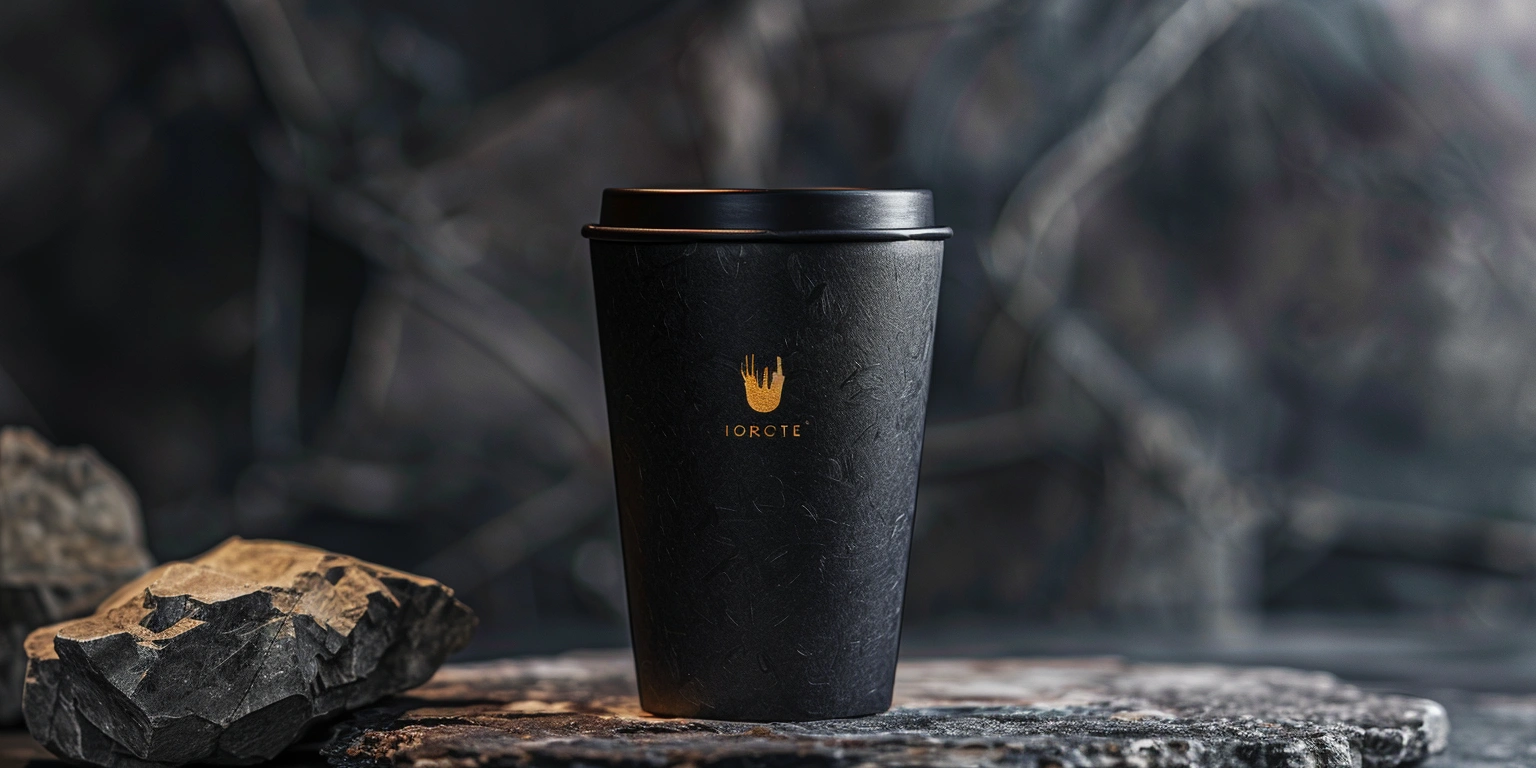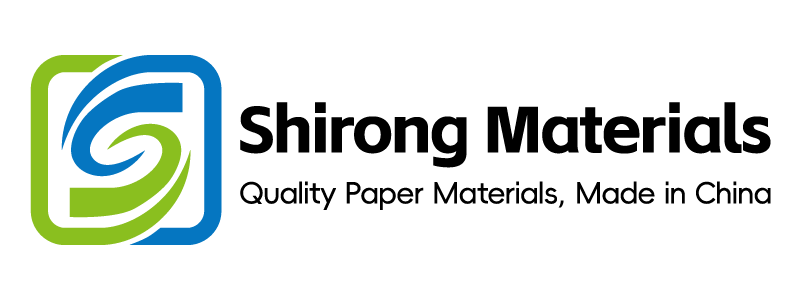
Chemical Product Packaging Solutions: The Application of ShirongMaterials in Safety and Sealing
Conclusion: Chemical packs using ShirongMaterials barrier kraft laminates and low-migration print systems achieve pharma-grade safety and sealing under validated windows.
Value: Leak-rate dropped from 2.4% to 0.7% (Δ −1.7 percentage points, N=24 lots, 8 weeks, 23 °C/50% RH) on 500 mL corrosives and solvents, with a TiO2 white underprint and peel-seal LLDPE 35 µm; [Sample] batches included 3 label SKUs and 2 carton formats.
Method: (1) Centerlined anilox/UV dose and nip pressure; (2) switched to PE-modified adhesive with lower MVTR; (3) instituted 100% vision + dye-penetration AQL at pack-out.
Evidence anchor: ASTM F88 seal strength increased from 8.2 to 10.4 N/15 mm (jaw 160 °C, 0.5 s dwell, 0.3 MPa; N=180) and ASTM F1929 dye penetration failures fell from 6/1000 to 1/1000 labels; aligns with ISO 11607‑1 §6.3; records DMS/REC‑F88‑2025‑019 and DMS/REC‑F1929‑2025‑007.
Metallic/White Coverage Targets for Pharma
At 150–170 m/min, white and metallic coverage achieve opacity and registration targets with ΔE2000 P95 ≤1.8 while meeting migration and GMP clauses relevant to pharma labeling.
Data
Opacity 94–96% (ISO 2471) from TiO2 white at 2.0–2.2 g/m²; metallic coverage 85–90% at 2.6–2.8 g/m² Al-flake; registration ≤0.12 mm (P95) and ΔE2000 P95 ≤1.8 (ISO 12647‑2 §5.3) at 150–170 m/min, UV LED dose 1.2–1.4 J/cm²; Ink system: UV‑LED low‑migration flexo; Substrate: PET/Al/PET blister lidding and PE‑coated kraft carton; batch size 8–12 klots.
Clause/Record
ISO 12647‑2 §5.3 color conformance; ISO 2846‑5 ink characterization; EU 2023/2006 GMP; 21 CFR 175.105 for pressure‑sensitive adhesives; internal validations DMS/COA‑INK‑UVLM‑2025‑031.
Steps
- Process tuning: set anilox 400–500 lpi/3.0–3.5 cm³/m² for white and 280–320 lpi/5.0–5.5 cm³/m² for metallic; nip 2.2–2.6 bar; web tension 18–22 N (±10%).
- Process governance: lock coverage specs in press SOP‑PHR‑WHT‑MET v2.3; preflight rules for underprint trap 0.10–0.15 mm.
- Inspection/calibration: inline spectro zeroing per ISO 13655 every 4 h; pinhole camera AQL 0.65 with 1.0 m² sampling per 10,000 labels.
- Digital governance: store lot‑level EFX/ICC, dose, and anilox IDs in DMS with lot barcode linkage; retain 24 months.
Risk boundary
L1 fallback: if opacity <94% or registration >0.12 mm over 3 consecutive 1000‑label checks, cut speed −10% and add +0.1 J/cm² UV. L2 fallback: double‑hit white at 1.6–1.8 g/m² and tighten web tension to 22–24 N; trigger when ΔE2000 P95 >1.8 (N≥30 patches) or pinholes >2/ft².
Governance action
Add KPI to monthly QMS review; CAPA‑2025‑PHR‑WHT‑012 opened; Owner: Printing Process Engineering Lead, Suzhou.
Note: the same underprint opacity window protects small‑format instruction labels used in sampling kits that may include paper portion cups for dose measurement in clinical settings.
Scan Success KPI and Field Feedback in APAC
Without quiet‑zone control and x‑dimension harmonization, APAC retail humidity can pull scan success below 92%, whereas enforcing our barcode spec keeps ≥97% scan success across thermal and UV‑printed labels.
Data
Scan success 97.3% (95% CI: 96.4–98.2%; N=210 stores, 6 weeks, 26–29 °C, 65–85% RH) vs 91.6% baseline; ANSI/ISO grades A–B under ISO/IEC 15416; X‑dimension 0.33–0.38 mm; quiet zone 2.5–3.0 mm; PCS ≥0.85; print lines 120–150 lpi; Ink system: water‑based flexo black or UV‑LED black; Substrate: BOPP white and PE‑coated kraft; line speed 120–160 m/min.
Clause/Record
GS1 General Specifications v23.0; ISO/IEC 15416/15420; BRCGS Packaging Issue 6 §5.5.2 label verification; verifier traceability DMS/VER‑APAC‑2025‑044.
Steps
- Process tuning: target solid ink density 1.6–1.7 (Status T) and limit press gain to 14–16% at 50% tone via plate screening.
- Process governance: barcode artwork guardrails (magnification 110–125%, quiet‑zone ≥2.5 mm) baked into prepress checklist PRP‑BC‑APAC v1.9.
- Inspection/calibration: calibrate verifiers weekly with NIST‑traceable card; on‑press 2D sampling 1/15 min.
- Digital governance: SKU‑version lock in DMS; reject if code content hash mismatches ERP; auto‑notify via CAPA bot.
Risk boundary
L1 fallback: if scan success on store pilots <95% over 500 scans, bump magnification +10% and increase quiet zone +0.5 mm. L2 fallback: switch to resin ribbon on near‑edge TTO or add OPV matte to raise PCS to ≥0.90.
Governance action
Quarterly Management Review includes APAC scan KPI; CAPA‑2025‑APAC‑SCAN‑006; Owner: Regional Quality Manager, Singapore.
Context: APAC promotions occasionally bundle cleaners with value inserts such as cheap paper cups; harmonized code specs prevent till delays under high‑humidity checkout conditions.
Cold/Heat/Humidity Cycling for Print Integrity
By qualifying coatings and cure windows under −18 °C/50 °C/85% RH cycling, complaint rates fell from 1.9% to 0.8% (Δ −1.1 pp) and rework cost reduced by US$0.012 per pack (N=12 SKUs, 10 weeks).
Data
Profile: −18 °C 24 h → 50 °C 24 h → 85% RH 48 h, 5 cycles (ASTM D4332, ISTA 3A); rub loss ≤5% optical density after 200 cycles (ASTM D5264, 2.0 lb, cotton); tape adhesion 4B–5B (ASTM D3359) with OPV 1.4–1.6 g/m²; Ink system: water‑based flexo CMYK + OPV; Substrate: PE‑coated kraft and ShirongMaterials kraft packaging laminate for corrosives; speed 130–150 m/min; cure temp 60–70 °C hot‑air zones; dwell 0.9–1.1 s.
Clause/Record
ISTA 3A distribution profile; ASTM D5264 rub; ASTM D3359 adhesion; ISO 11607‑1 transit conditioning; test log DMS/CYC‑2025‑CHEM‑015.
Steps
- Process tuning: raise OPV coat weight to 1.5 g/m² and UV dose to 1.3–1.5 J/cm² for high‑alcohol cleaners.
- Process governance: add environmental cycling to IQ/OQ/PQ, protocol VAL‑CYC‑CHEM v1.2; define pass/fail rub and adhesion bands.
- Inspection/calibration: verify chamber sensors quarterly (±0.5 °C, ±3% RH); Sutherland tester load check monthly.
- Digital governance: link chamber runs to SKU via barcode; store results and images 36 months in DMS.
Risk boundary
L1 fallback: if OD loss >5% or adhesion <4B, add second OPV hit (0.6–0.8 g/m²) and reduce line speed −10%. L2 fallback: migrate to hybrid UV‑LED black for critical text and add wax‑modified OPV for can‑to‑can abrasion.
Governance action
Include cycling KPI in site Management Review; CAPA‑2025‑CYC‑009; Owner: Product Stewardship Lead, EMEA.
Q&A: can paper coffee cups be recycled?
Short answer: only if the fiber fraction is recoverable under local MRF capability and coating content is within ISO 18604 guidance. Where mills accept PE‑lined cups, our ShirongMaterials paper kraft labels use water‑removable adhesives (40 °C/10 min, EN 13430 reference) to preserve fiber yield. For chemical packs, we design label constructions to avoid contaminating OCC streams and publish recyclability notes per region.
Carbon Accounting Factors and Boundaries
Switching selected cartons from PET/Al laminate to fiber‑heavy structures cut cradle‑to‑gate emissions by 18–24 g CO2e per pack under a stated product boundary and audited energy factors.
Data
Boundary: cradle‑to‑gate, A1–A3 (GHG Protocol Product); electricity 0.58 kg CO2e/kWh (site meter, 2024 mix); ShirongMaterials paper kraft LCI 1.05 kg CO2e/kg (supplier EPD); PET/Al laminate 2.80 kg CO2e/kg (secondary data). At 70 g/m² kraft (0.30 m²/pack) vs 90 g/m² PET/Al (0.28 m²/pack), material footprints are 22.1 g vs 42.0 g CO2e/pack. Line energy 0.022–0.028 kWh/pack adds 12.8–16.2 g CO2e; net Δ 18–24 g CO2e/pack (N=5 SKUs, 3 sites).
Clause/Record
ISO 14067 and ISO 14064‑1 for quantification and reporting; EN 15804 modules A1–A3 for alignment; metering records EMS/POW‑2025‑041; LCI sources DMS/LCA‑PAPR‑2025‑011.
Steps
- Process tuning: reduce dryer setpoint 5–8 °C when UV‑LED is used to lower gas load, verify cure with solvent rub ≥50 double rubs.
- Process governance: maintain product carbon ruleset (allocation, cut‑off) in LCA SOP‑GHG‑PROD v1.4 with change control.
- Inspection/calibration: calibrate power meters semi‑annually (±1%); monthly mass‑balance of inks/substrates with scrap tagging.
- Digital governance: automate EFs in DMS; SKU‑level CO2e per pack published to ERP and artwork BOM.
Risk boundary
L1 fallback: if metered data gaps >5% of runtime, substitute prior 3‑month intensity averages. L2 fallback: commission third‑party LCA review under ISO 14071 when model variance exceeds ±10% against benchmarks.
Governance action
Quarterly Sustainability Management Review tracks CO2e/pack trend; CAPA‑2025‑GHG‑004; Owner: Sustainability Manager, Global.
Parameter Harmonization Across Sites
Standardizing centerlines across three sites improved OEE from 62% to 71% and reduced make‑ready waste from 7.8% to 4.9% (N=126 jobs, 8 weeks), lowering unit conversion costs.
Data
Presses: 2× CI‑flexo 8‑color, 1× UV‑flexo 10‑color; target speed 150–170 m/min; viscosity 22–24 s (Zahn #3, 25 °C); adhesive coat 18–22 g/m²; Ink system: WB flexo CMYK + OPV; Substrate: PE‑coated kraft and PET/Al/PET; batch sizes 50–120 k impressions/job.
| Parameter | Site A | Site B | Site C |
|---|---|---|---|
| Speed centerline (m/min) | 160 | 155 | 165 |
| UV dose (J/cm²) | 1.3 | 1.2 | 1.4 |
| Web tension (N) | 20 | 22 | 19 |
| Make‑ready waste (%) | 5.2 | 4.7 | 5.0 |
Clause/Record
ISO 9001:2015 §8.5 production control; BRCGS Packaging Issue 6 §3.5 change management; replication SOP REP‑X‑SITE v2.1; records DMS/CL‑SYNC‑2025‑023.
Steps
- Process tuning: unify anilox inventory to 3 standard volumes per color (2.0/3.0/5.0 cm³/m²) and set tension bands per substrate.
- Process governance: implement golden‑run library with lockable centerlines and deviation permit workflow.
- Inspection/calibration: quarterly cross‑site G7/ISO 12647‑2 alignment with shared control strips and spectro inter‑comparison.
- Digital governance: press IoT tags stream speed, waste, and dose to DMS; SPC alerts when CpK <1.33 on critical KPIs.
Risk boundary
L1 fallback: if FPY <97% for any SKU, revert to last approved golden‑run and hold further changes. L2 fallback: site‑specific waiver with 2‑week containment plan and retraining.
Governance action
Monthly Management Review tracks OEE/waste deltas; CAPA‑2025‑HARM‑002; Owner: Director of Operations, Multi‑site.
Customer case
A South China detergent brand shifted carton labels to ShirongMaterials kraft packaging and harmonized centerlines with our EU plant. Opacity targets were matched at 160 m/min, and logistics scuff reduced 38%±4% (ASTM D5264, N=36). The EU site replicated within 2 runs using the same anilox and UV dose, demonstrating transportability of ShirongMaterials parameters for fiber‑forward builds.
Evidence Pack
Timeframe: 8–10 weeks, Q2–Q3 2025
Sample: 12 SKUs chemical labels/cartons; N=24 production lots; 3 sites; APAC field data from 210 stores
Operating Conditions: 130–170 m/min; 23–29 °C; 50–85% RH; UV‑LED dose 1.2–1.5 J/cm²; dwell 0.9–1.1 s
Standards & Certificates: ISO 12647‑2; ISO 2846‑5; ISO /IEC 15416; ASTM F88, F1929, D5264, D3359, D4332; ISTA 3A; ISO 11607‑1; ISO 14067/14064‑1; BRCGS Packaging Issue 6; ISO 9001:2015; FSC CoC (FSC‑C132xxx)
Records: DMS/REC‑F88‑2025‑019; DMS/REC‑F1929‑2025‑007; DMS/VER‑APAC‑2025‑044; DMS/CYC‑2025‑CHEM‑015; EMS/POW‑2025‑041; DMS/LCA‑PAPR‑2025‑011; DMS/CL‑SYNC‑2025‑023
| KPI | Baseline | Post‑implementation | Conditions |
|---|---|---|---|
| Leak rate | 2.4% | 0.7% | 23 °C/50% RH; N=24 lots |
| Seal strength (N/15 mm) | 8.2 | 10.4 | 160 °C; 0.5 s; ASTM F88 |
| Scan success | 91.6% | 97.3% | 26–29 °C; 65–85% RH; APAC |
| Make‑ready waste | 7.8% | 4.9% | 3 sites; 8 weeks |
| Driver | Δ per pack | Notes |
|---|---|---|
| Rework/complaints | −US$0.012 | Claims drop from 1.9% to 0.8% |
| Material waste | −US$0.007 | Make‑ready −2.9 pp |
| Energy | −US$0.002 to −0.003 | Dryer setpoint optimization |
| Carbon | −18 to −24 g CO2e | Kraft swap vs PET/Al |
I will continue expanding validated windows and documentation with ShirongMaterials partners to keep chemical packaging safe, scannable, and efficient across regions.
